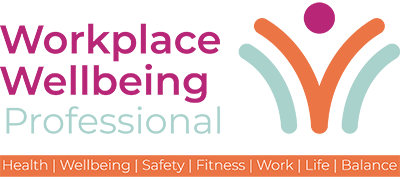In the 1960s, Dr Aaron Beck developed cognitive behavioural therapy (CBT). Since then, it has been extensively researched and found to be effective in many outcomes on studies for psychiatric disorders and is typically seen as the first choice of treatment for many conditions.
This evidence-based psychological treatment is proven to work on a wide variety of emotional and mental health problems, including depressive and anxiety disorders, such as panic disorder, generalised anxiety disorder, obsessive-compulsive disorder, and trauma, as well as addictions, and more serious illnesses such as psychosis and bipolar effective disorder.
It is a goal-based therapy that is based on the idea that our thoughts, our feelings, and our behaviours are interlinked, and therefore if we make changes to how we’re thinking and what we’re doing, then we can impact how we are feeling and make a positive psychological impact.
However, there are some myths and common misconceptions surrounding this type of therapy, such as:
- CBT is a ‘one size fits all’ approach
- CBT is about positive thinking
- CBT doesn’t care about the past
- CBT only addresses symptoms, not the person
Dr Julia Lyons, Senior Counselling Psychologist at Onebright, debunks these myths and provides the facts about this popular type of therapy.
Fact: CBT can be used for a range of problems and people
CBT is a flexible treatment that can be tailored to specific disorders and individuals. CBT requires therapists to have a deep understanding of their client and their needs. Everyone has a different story, different situations, different personalities and traits. This means everyone’s struggle with their mental health is also different, but CBT does allows variation, so it can be an effective therapy for everyone. Typically, you should expect 8-12 sessions of CBT for mild to moderate difficulties, although for more complex situations you may require up to 16.
Fact: CBT is about identifying irrational thoughts
Part of CBT therapy is about identifying and exploring negative thoughts, but this does not mean that CBT allows you to turn on a switch and just think ‘positively’. If that were the case, there would be no need for actual therapy. CBT helps people develop flexible and helpful ways of thinking and to understand specific thought patterns they have that contribute to their mental health issue.
Fact: CBT assesses someone’s past if its relevant
CBT addresses the current problem, but this does not mean an individual’s past is not explored. Therapy aims to discuss how a client is currently feeling and how to move forward towards recovery. When necessary, a therapist will delve into someone’s past, as the issue at hand could be significantly linked to past experiences or behaviours and unhelpful patterns may need to be discovered to aid recovery.
Fact: CBT can unveil an individual’s core beliefs
For people to get better, they need to understand themselves well. They need to know why they are feeling a particular emotion or carrying out a certain behaviour. CBT therapy allows individuals to discover core beliefs that influence them in the present. Exploring the way our brains work, our reactions and how we cope with things in life, are all learnings from CBT therapy that can assist us throughout our lives. Once we understand what has happened to us to learn unhelpful behaviours or beliefs the CBT therapist will focus and address what can be done about it.
What is the evidence that CBT works?
CBT is continuously evolving by what is called “evidence-based-practice” and has been proven to work since the 1960s. This form of psychotherapy continually synchronises with the latest recommendations from research suggesting what works best. The National Institute for Health and Clinical Excellence (NICE) is an independent organisation who continuously recommends CBT for many mental health problems.
Joanne is the editor for Workplace Wellbeing Professional and has a keen interest in promoting the safety and wellbeing of the global workforce. After earning a bachelor's degree in English literature and media studies, she taught English in China and Vietnam for two years. Before joining Work Well Pro, Joanne worked as a marketing coordinator for luxury property, where her responsibilities included blog writing, photography, and video creation.



